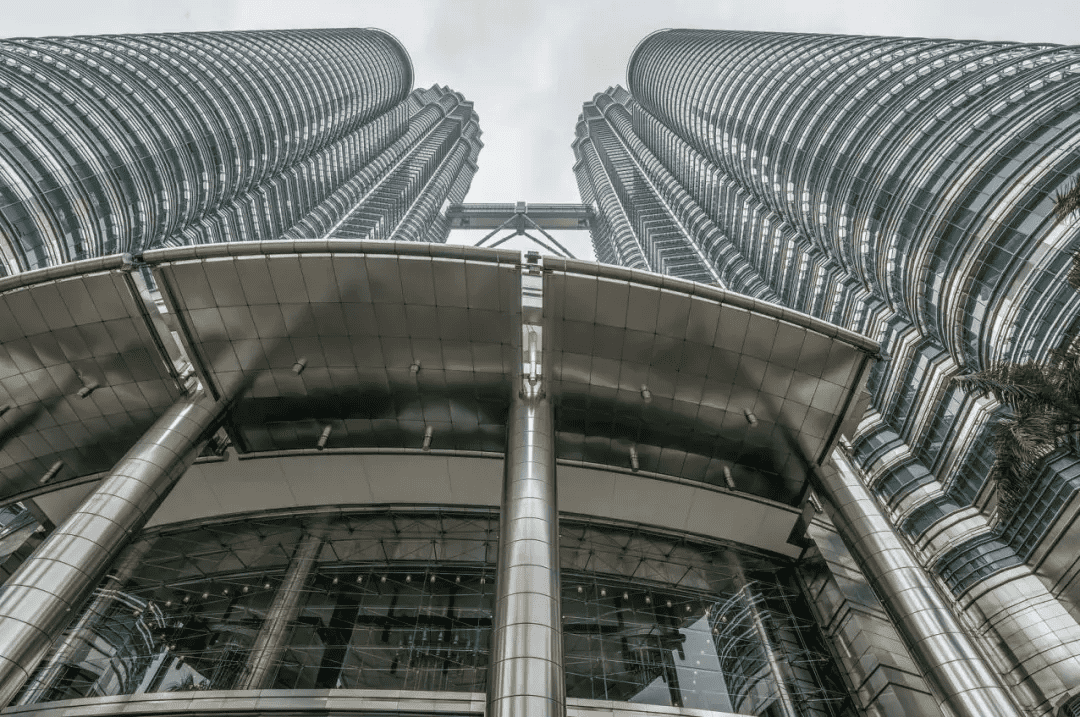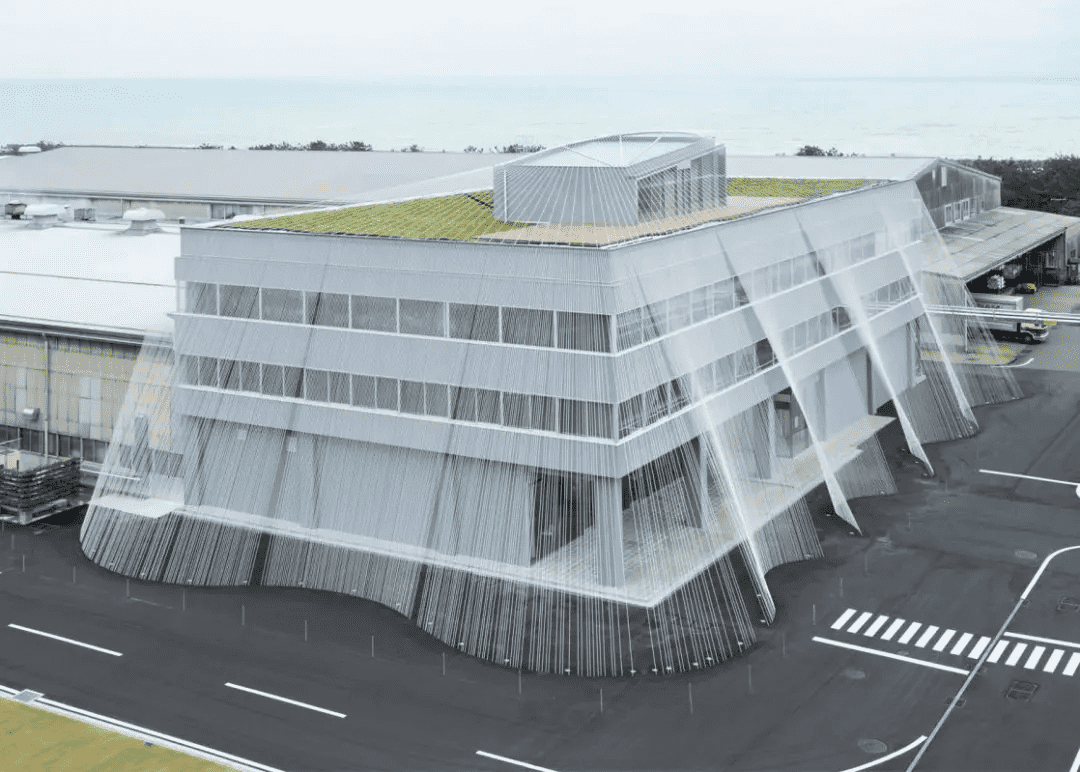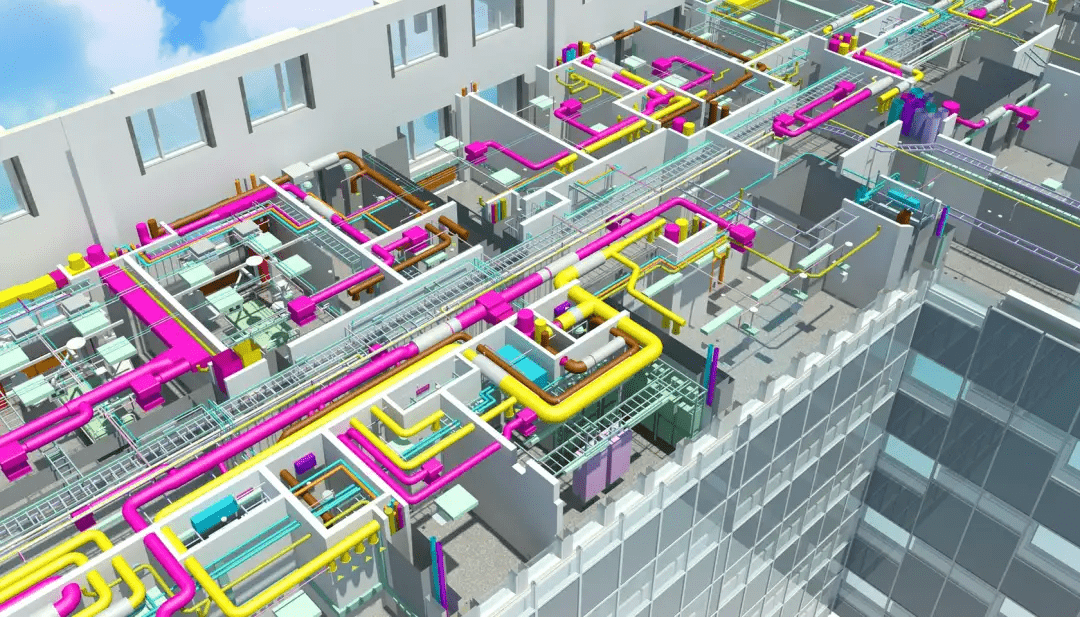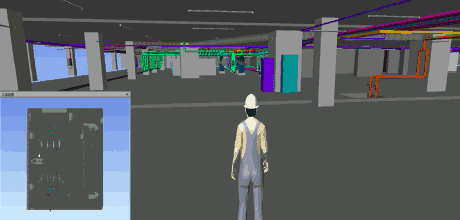In the post-epidemic era, people are paying more and more attention to the development of various industries. With the development of information and communication technology, various industries are connected with the Internet. As an extensive and labor-intensive industry, the construction industry has been criticized for its shortcomings such as long construction period, low standardization, high consumption of resources and energy, and environmental pollution. But in recent years, the construction industry has also been changing and developing. At present, many technologies and software have made the construction industry easier and more efficient than ever before.
As practitioners of architecture, we need to keep abreast of the big trends of the future, and while it is difficult to predict which ones will be more popular, some important ones are beginning to emerge and are likely to continue into the next three decades.
#1 Taller buildings
Look around the world and you’ll see buildings getting taller every year, a trend that shows no signs of slowing down. The interior of the high-rise and super-high-rise buildings is more like a miniature city, containing residential space, shopping, restaurants, theaters and offices. In addition, architects need to stand out in a crowded market by designing odd-shaped buildings that capture our imagination.
#2 Improve the efficiency of building materials
In the world energy increasingly tense situation, building materials in the future development trend is absolutely inseparable from the energy conservation and environmental protection of these two aspects. To achieve these two conditions, it is necessary to constantly research and develop new building materials, on the one hand, in order to save energy, on the other hand, in order to improve the utilization efficiency. Many of the materials that will be used 30 years from now don’t even exist today. Dr Ian Pearson of UK equipment leasing company Hewden has created a report to predict what construction will look like in 2045, with some materials that go beyond structural elements and glass.
With rapid advances in nanotechnology, it is possible to create materials based on nanoparticles that can be sprayed onto any surface to absorb sunlight and convert it into energy.
#3 More resilient buildings
The impact of climate change and the frequency of natural disasters has increased the demand for resilient buildings. Innovations in materials could push the industry toward lighter, stronger standards.
Earthquake-resistant carbon fiber curtains designed by Japanese architect Kengo Kuma
#4 Prefabricated construction and off-site construction methods
With the gradual disappearance of the demographic dividend, the demand for construction companies to increase labor productivity and reduce labor costs continues to increase. It is foreseeable that prefabrication and off-site construction methods will become the mainstream trend in the future. This approach reduces construction time, waste and unnecessary expenses. From an industry perspective, the development of prefabricated building materials is at the right time.
#5 BIM Technological innovation
BIM has developed rapidly in China in recent years, and related policies have been continuously introduced from the country to the local level, showing a scene of prosperity and development. Many small and medium-sized construction companies have also begun to accept this trend that was once reserved for large companies. In the next 30 years, BIM will become an indispensable and important means of obtaining and analyzing key data.
#6 Integration of 3D technology
In recent years, 3D printing technology has been widely used in machinery manufacturing, aviation, medical and other fields, and has gradually expanded to the construction field. 3D printing technology can effectively solve the problems of multiple manual operations, large amount of templates, and difficulty in realizing complex shapes in traditional construction of buildings, and it has significant advantages in individualized design and intelligent construction of buildings.
Assembled concrete 3D printing Zhaozhou Bridge
#7 Emphasize environmentally friendly practices
Given the current state of the planet today, green buildings will become the standard in the coming decades. In 2020, seven departments including the Ministry of Housing and Urban-Rural Development and Reform Commission jointly issued the “Notice on Printing and Distributing Action Plans for Green Buildings”, requiring that by 2022, the proportion of green buildings in urban new buildings will reach 70%, and star-rated green buildings will continue to increase. , The energy efficiency of existing buildings has been continuously improved, the health performance of residences has been continuously improved, the proportion of assembled construction methods has been steadily increased, the application of green building materials has been further expanded, and the supervision of green residential users has been comprehensively promoted.
Visual display of the virtual world
#8 Application of virtual reality and augmented reality
As the building structure becomes more and more complex and construction profits become less and less, as one of the industries with the least digitization, the construction industry needs to catch up, and the use of VR and AR detection technology to coordinate errors will become a must. BIM+VR technology will bring about changes in the construction industry. At the same time, we can expect mixed reality (MR) to be the next frontier. More and more people are embracing this new technology, and the future possibilities are almost limitless.
Post time: 18-10-21










